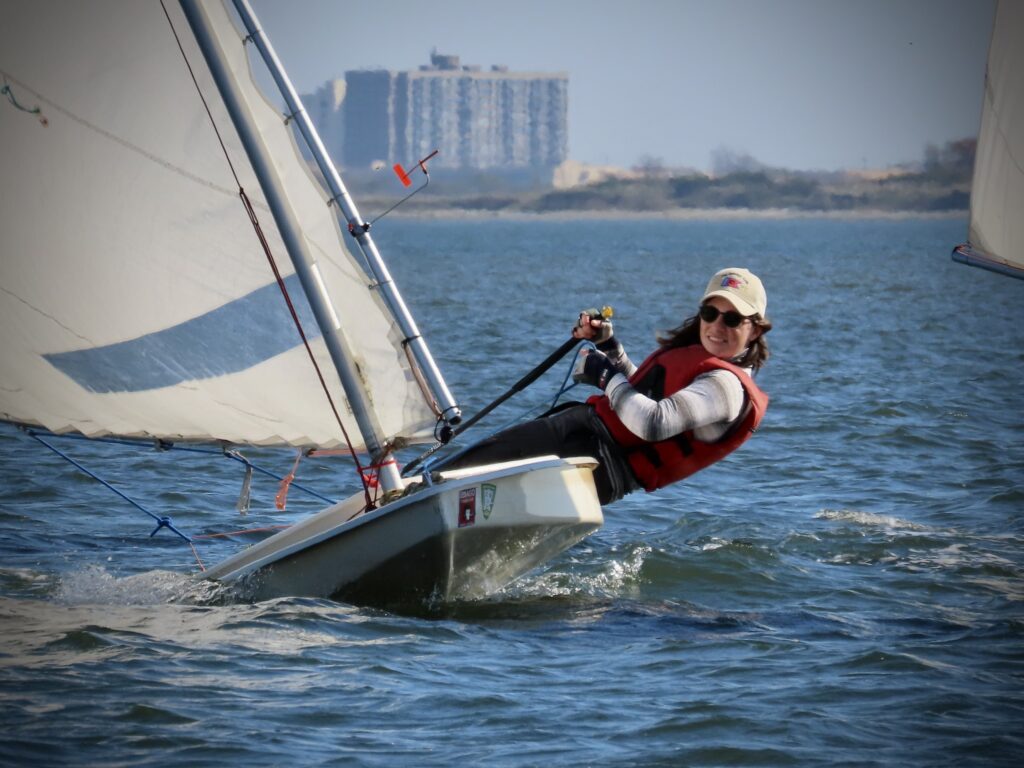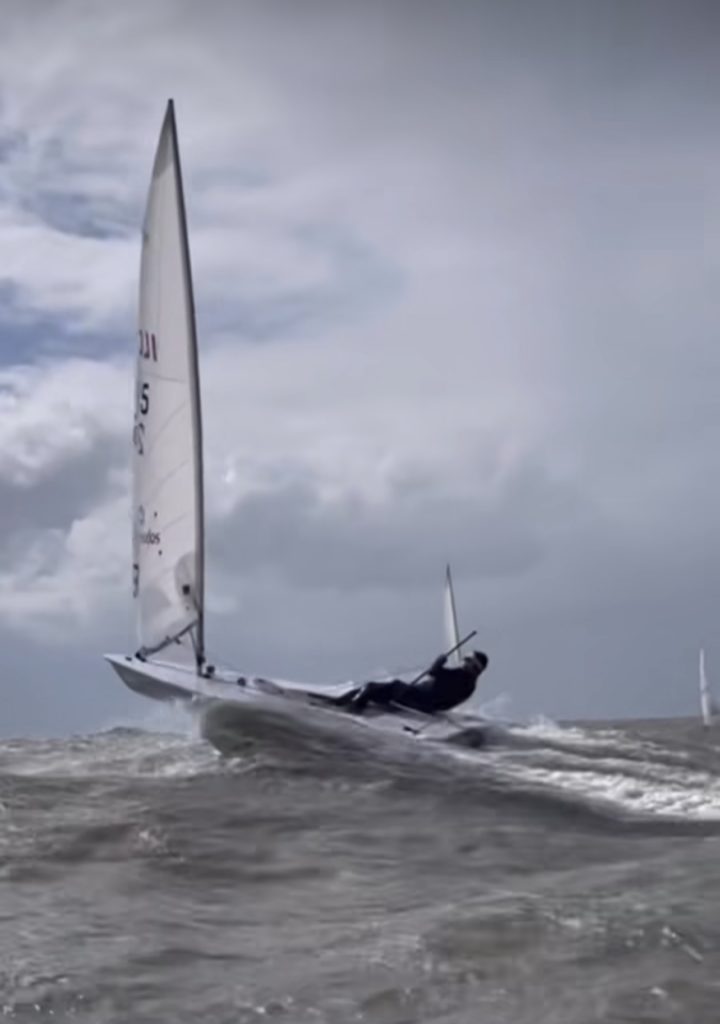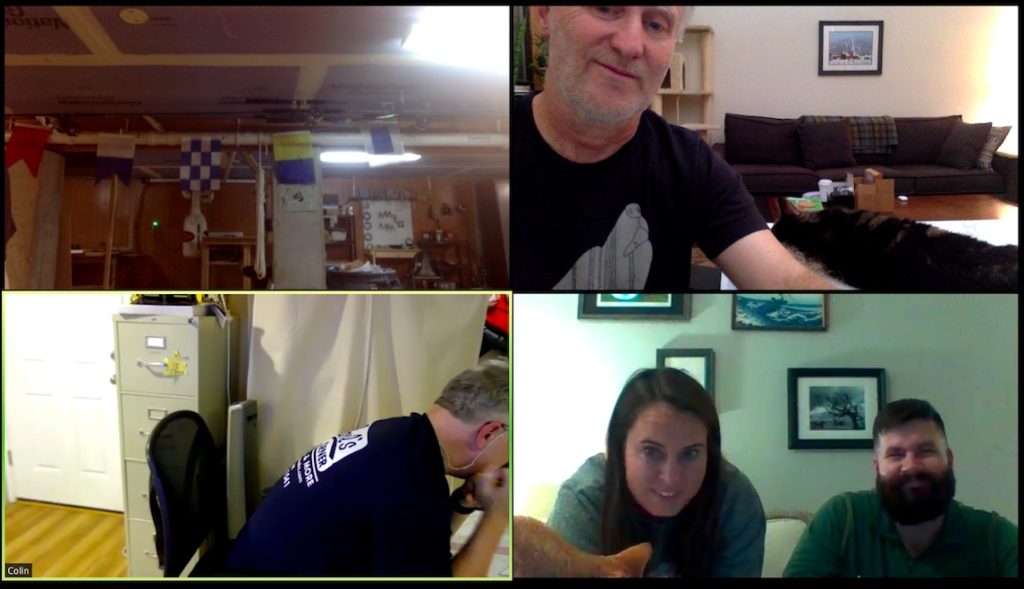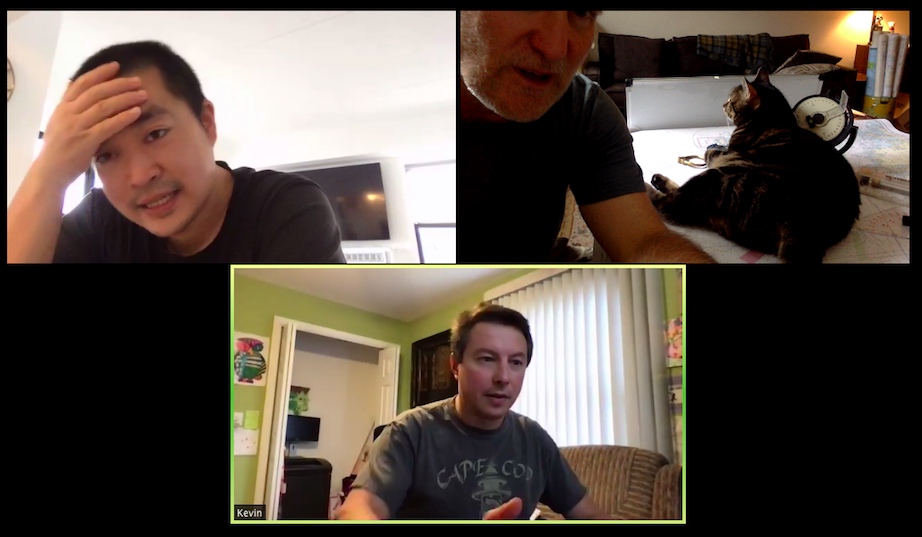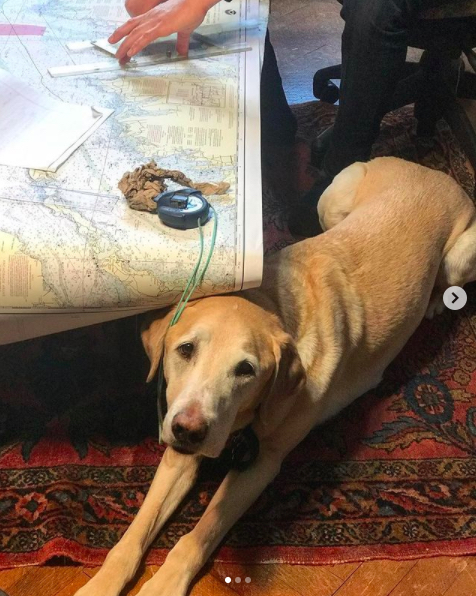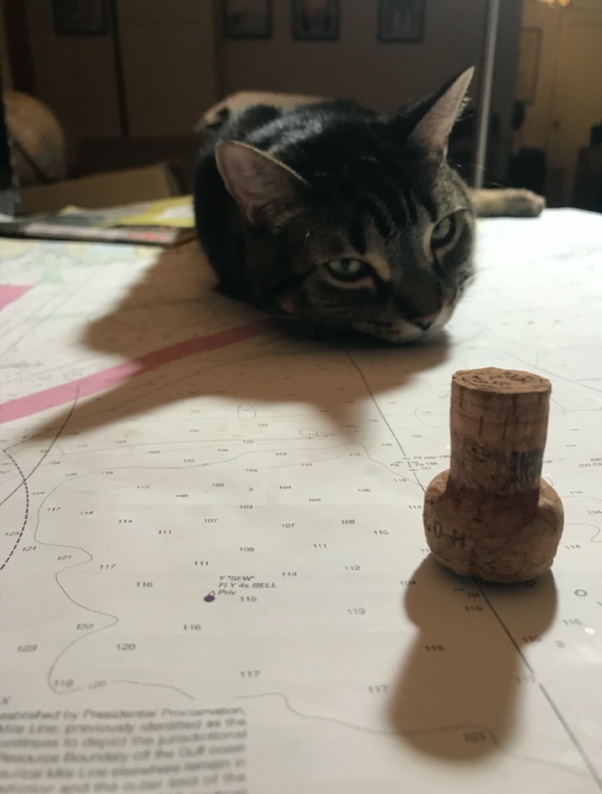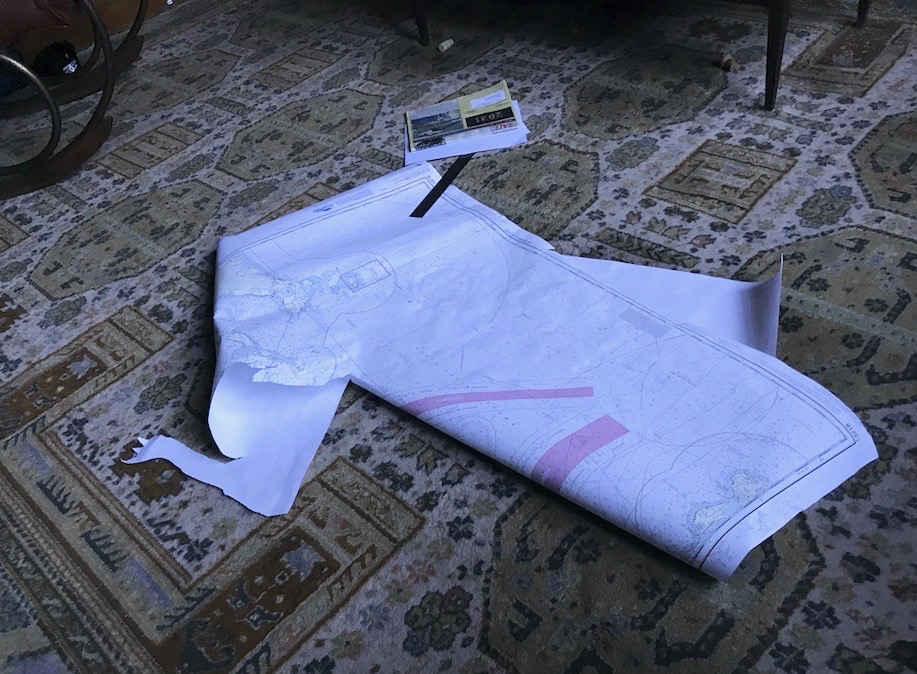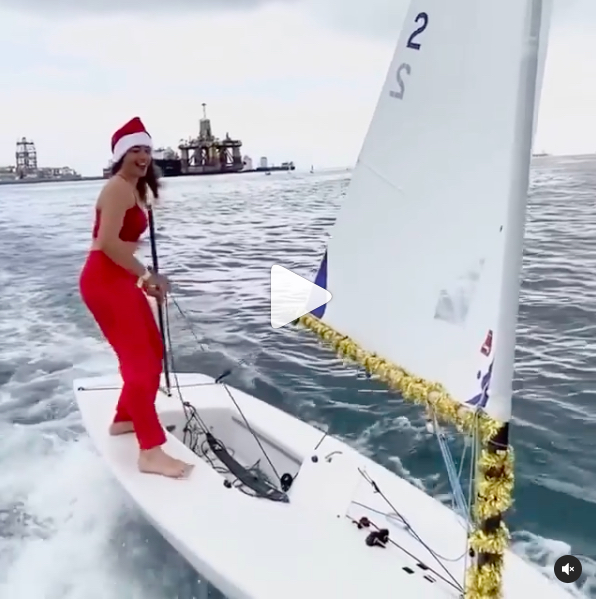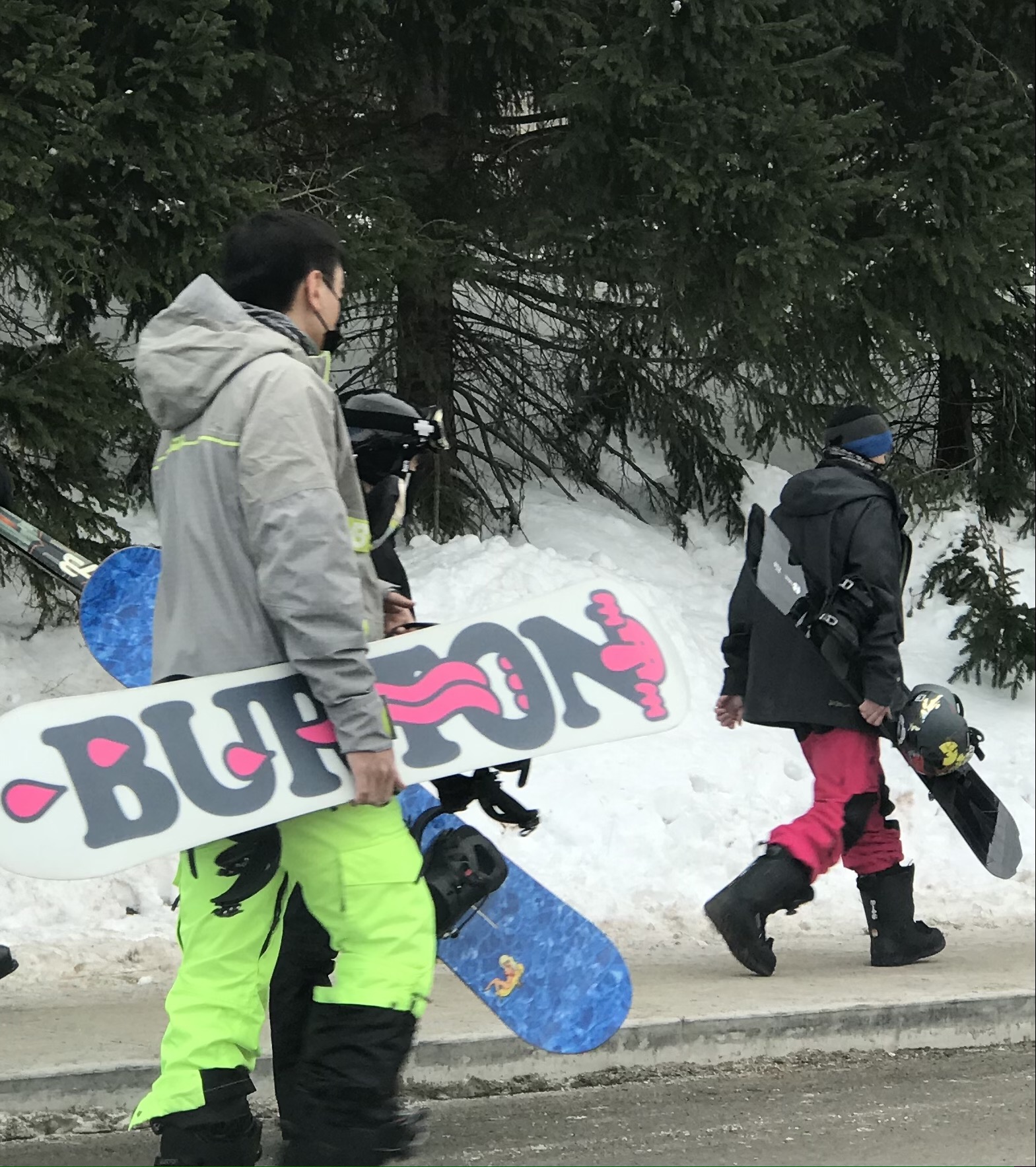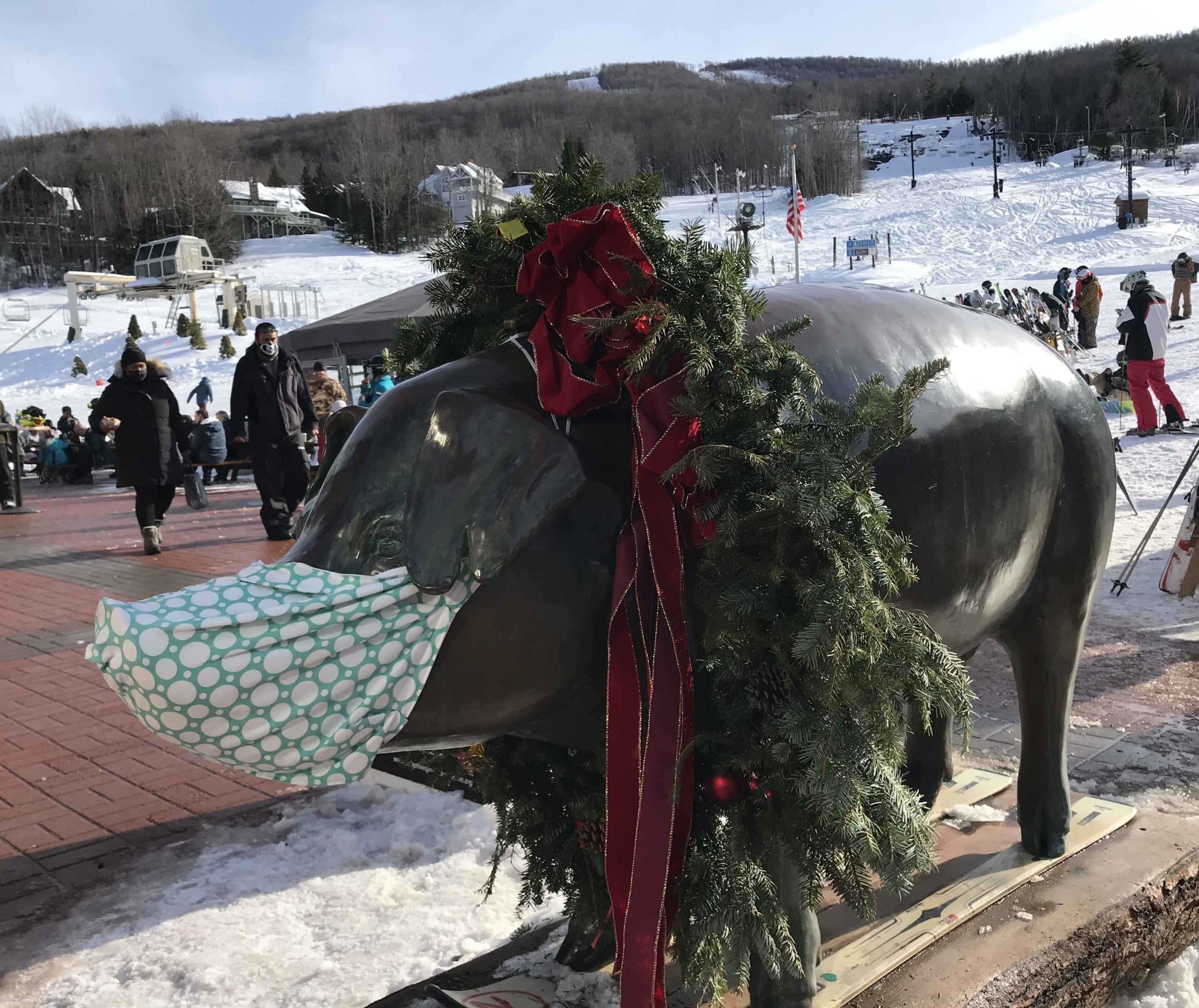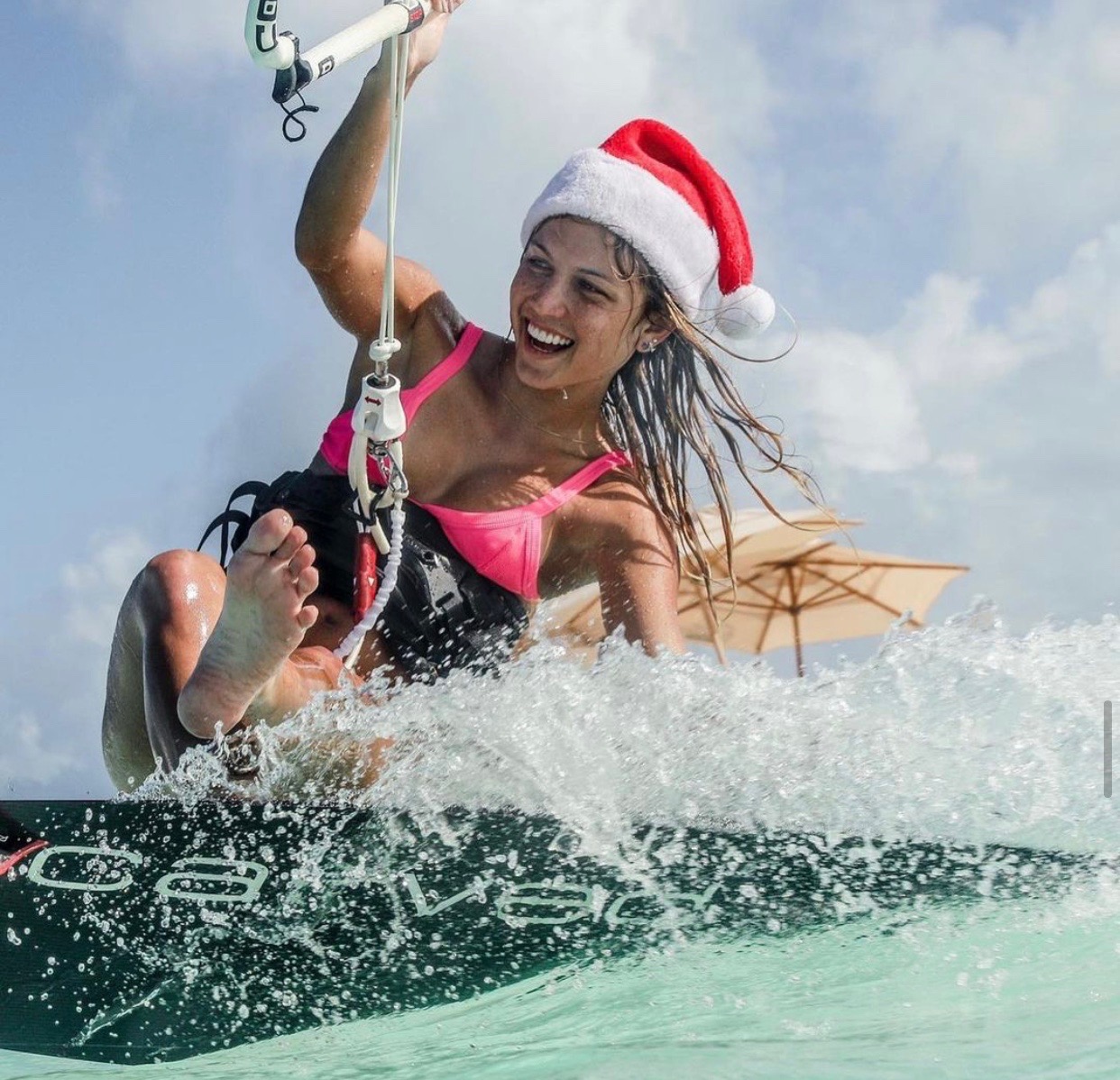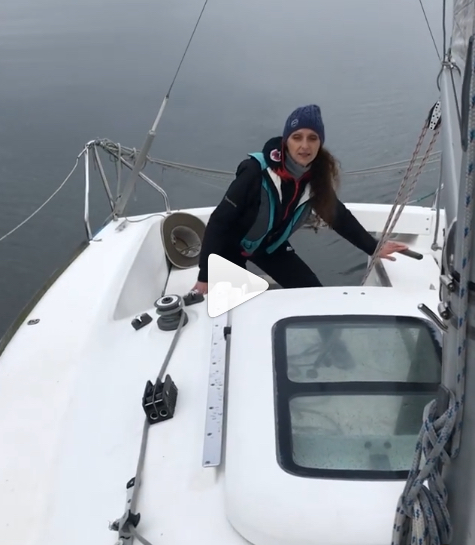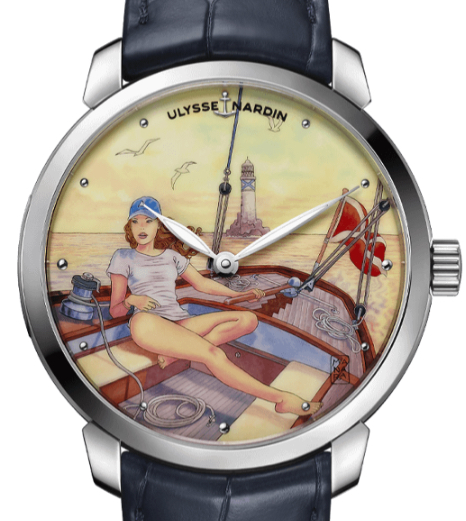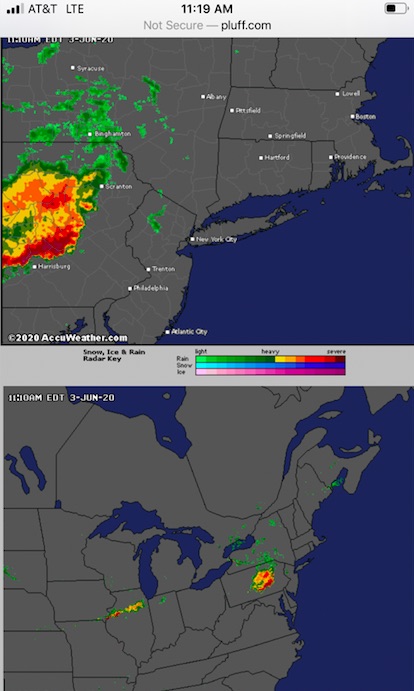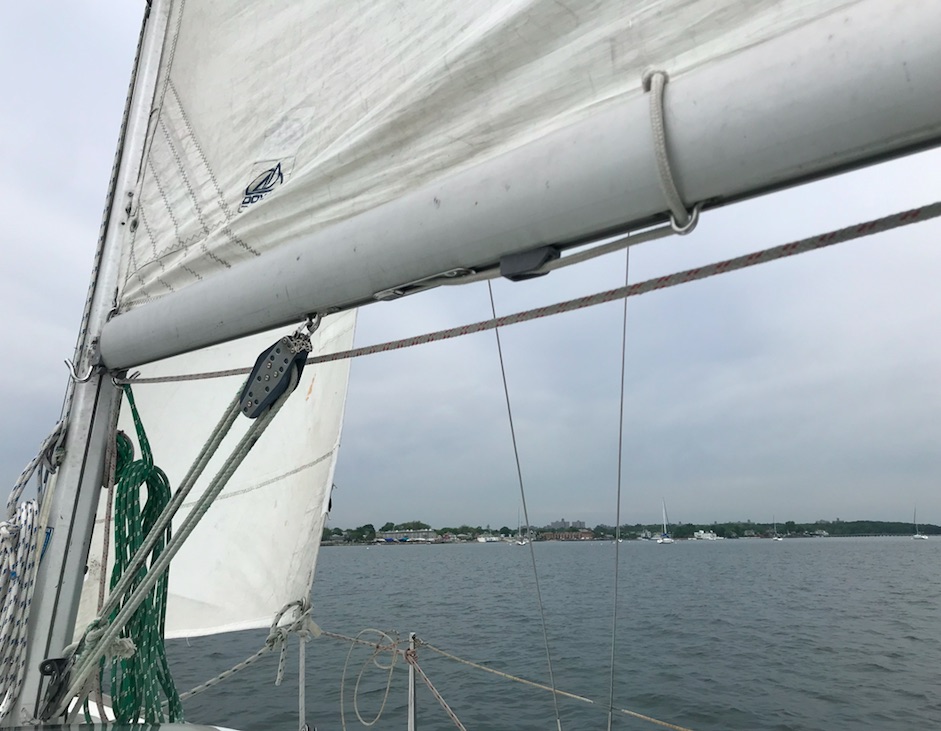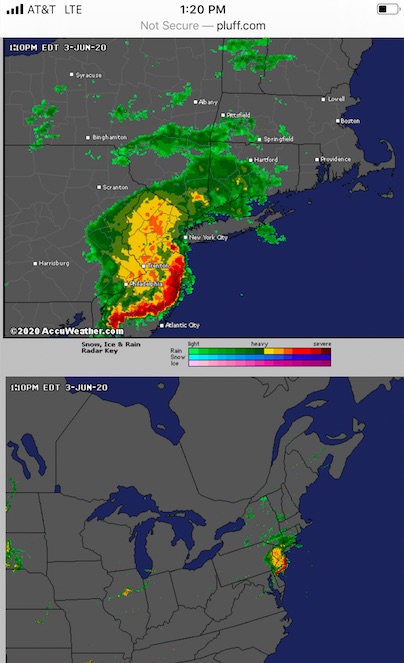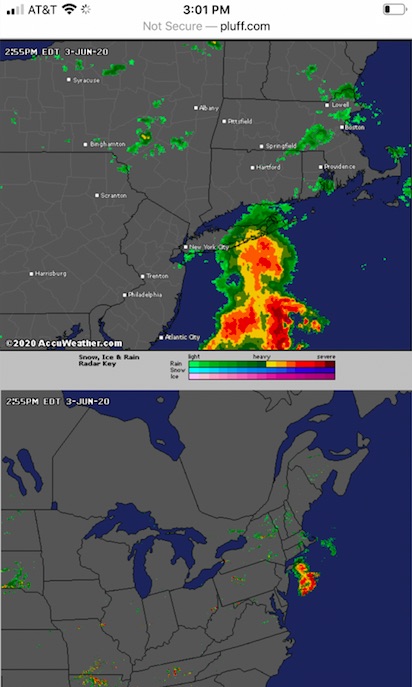I apparently figured out how to sail a Sunfish well enough, and had a similar last regatta of the season compared to last year’s send-off.
Just about a year ago, I’d missed the entire Fall Series of racing at Sebago Canoe Club, where I sail various racing dinghies either for sheer fun or for sport. So had everyone else; the series had basically not been run due to a string a terrible weather weekends. So, the last day of racing was the only day. I showed up. I wrote about that in a prior Blog Rant.

This year, I missed all the days except the last, but at least this year, others got to sail and have a meaningful series. I almost didn’t show up so as not to interfere with anyone who’d “qualified” for the final standings. But, that’s not the etiquette. Everyone wants everyone to come out and sail. So I did.
Again, it was all Sunfish racing. I let the racers know in advance that I wanted to AVOID taking one of the better boats and leave them for anyone who had qualified (as I certainly wasn’t, showing up only once and doing no volunteer stint on Race Committee or anything). I was told to not worry about it.
So, I didn’t. I showed up, and a number of boats were already rigging up. I went up to one of the Club’s Sunfish, confirmed it was a Club boat and not private, said, “this looks good,” and rigged it up. I didn’t worry about which sail and foils I took (daggerboard and rudder). As long as I had all the parts, I was good to go. I would have to sail the boat well.
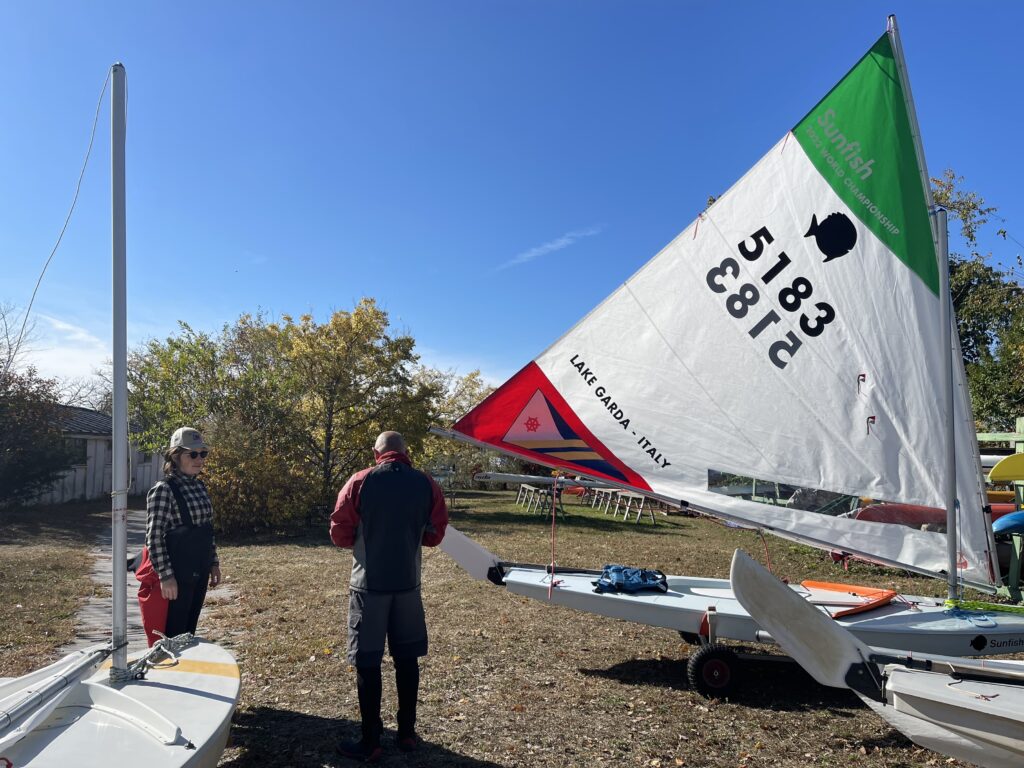
We had light winds, but enough to sail, and sometimes enough to require hiking out to hold the boat down flat. (At least for a Hobbit like me at around 130 pounds soaking wet.) Enough at first, anyway. More on that later.
My plan was to focus intently on the start, get a good one, and be flexible to sail in relation to the wind without worrying about my competitors blocking my choice. Just as with the first race a year ago, I did a good job. Details were different. Last year, I was right on the line with no competition in my way. This time, several competitors were camped out on the line awaiting the final seconds to accelerate and cross it. At first, I was going to camp to the right of them, let them start to turn away from the wind to accelerate, and then jump in between them and the mark. Risky. They could block me out.
Instead, I just sailed fast below them, passed the pack, and rounded up to the line with full speed and crossed just at or after the horn. The pack I passed? Cluster-fucked. They had no speed and trouble keeping out of each others way. I rounded the top mark first, and was leading approaching the bottom. But, then there was Max.
Max is a great guy and one of the better sailors in the fleet. He was leading the fall series, and it didn’t hurt that he had his own boat that was in great shape. “It’s gotta be the boat” said no one ever here. It’s how you sail it. It doesn’t make much difference in speed. Max had a slight edge in speed compared to me, but if I got a better wind shift, or tacked across the wind more efficiently, that would more than offset the nicer boat.
Max was slowly catching up to me the whole way down to the bottom mark, and he was on the verge of getting an “inside overlap” as we got near the zone: the 3-boat length circle that was the deadline to be overlapped and get “mark room.” I wasn’t sure, but it looked like he was barely overlapped consistently for about 10 solid seconds as we approached what I thought we get the circle. I asked him if he thought he had it; he said yes.
It was for me to decide; any doubt would be in my favor. I thought he had it. “You got it. You round first.” He did, and that put him in first fair and square. I wasn’t able to edge him out on the last leg. Max won the first race and I came in second out of 6 boats on the line that day.
Next race? I won. I might have been second and then caught up to the boat in the lead; I can’t remember. But I won fair and square.
My boat speed was excellent. Only Max was faster, and only slightly. But, he was sailing better overall compared to me. No apparent mistakes; solid starts in every race. I was more all over the place, my yo-yo M.O.
But it was fun! Until it wasn’t. The wind got so light and flukey that no one could really figure it out. It was frustrating and we had delays in between the last few races while the Race Committee tried to sort it and make a sensible plan.
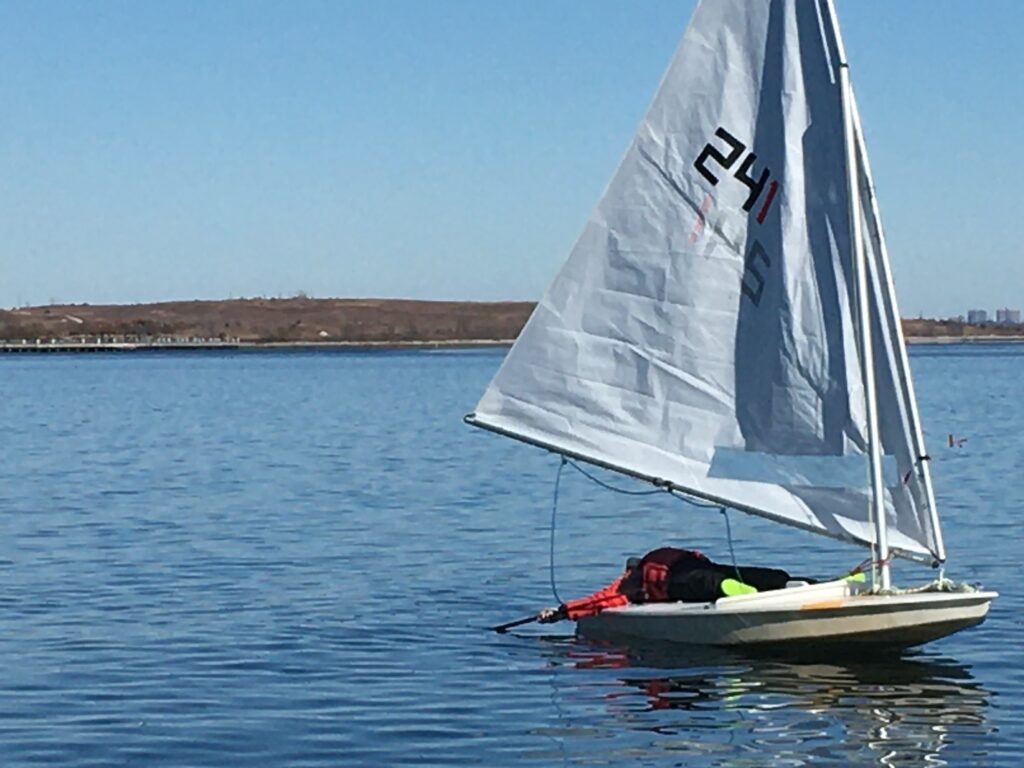
At one point, the wind backed (shifted counter clockwise) from NNW to West. Good start: it was supposed to become SW and, while it was supposed to be light, it would probably pick up slightly at first before dying out. Later, in between the last two races, I saw it coming from the SW and let them know. Woo-hoo! But, it never really arrived. It petered out before it reached us.
Bad sign. Now, it was light and variable with no signs of pending improvement. I decided to bail while they waited. It was going to be a long enough ride in, and I was getting tired.
They did get one last race in, but it was super short in length. Then, they got towed in by the committee boat!
Not starting a race comes with a penalty in the scoring: you’re scored “fleet plus one.” That means you get last place plus one more point. It’s a low-point scoring system: lowest overall score for the day wins. 1st place? Only one point. Last today? 7. I scored 2, 1 4, 5, 7. if I’d sailed the last race and averaged my results for 3rd, I would have come in 3rd for the day. Had I gotten 1st or 2nd, I would have been 2nd for the day. No way I could have beaten out Max, with 3 bullets (first place). Of course, if I’d gotten 4th or lower, best I could have done was 3-way tie for 3rd and I might have been last anyway.
Sometimes, a regatta is won not by winning even a single race, but by sailing consistently “good enough” without any really bad scores. I need more of that to score better on any given day, especially as Sebago seems to prefer not to score with a throw-out (worst finish is deleted and others are averaged to produce final score.) But, I almost prefer the occasional clean victory in a single race which feels so conclusive, I don’t care if I wind up on the proverbial podium.
